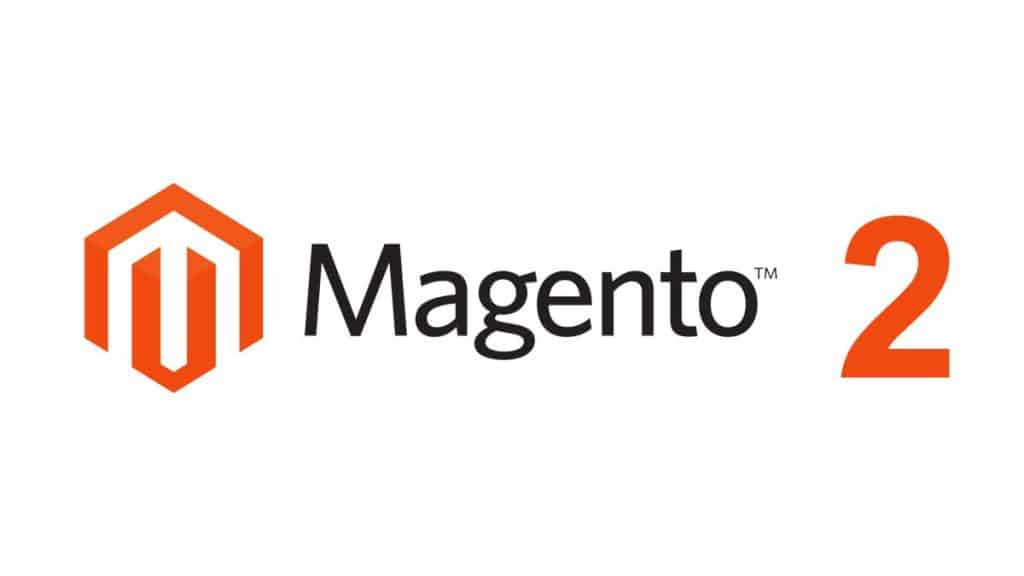To work efficiently and quickly on the Magento 2 platform, you will need to download Magento extensions and install extensions that will complement the platform’s functionality and meet your business’s needs as closely as possible.
If you’re new to Magento and searching for quality extensions, check out Magento 2 extensions by Mirasvit. Follow the link to discover extensions tailored to your needs.
Click here https://mirasvit.com/ to learn more about Mirasvit.
Three main ways to add extensions to Magento 2
There are three main ways to add extensions to Magento 2. Download Magento 2 extension and add it using: Composer, the Magento admin interface, or manual installation.
Via Composer
- Open a command line on your server.
- Navigate to your Magento 2 root directory using the “cd” command.
- Utilize Composer to install the extension by running the command: “composer require vendorname/packagename”. You’ll need Magento Marketplace keys to Magento plugin download.
- After the installation process is complete, update Magento with php bin/magento setup:upgrade and run any other needed CLI commands.
Using the Magento Admin Interface
- Go to the admin interface of your Magento store.
- Find “System” > “Web Setup Wizard” >”Extension Manager”.
- Sign in and enter the extension key or URL, then click “Install”.
Manual Installation
- Download Magento extension package.
- Extract the package contents.
- Transfer the extension files to the main directory of your Magento store using either FTP or SSH.
Access your server via SSH and move to the Magento root directory. - Disable cache with php bin/magento cache: disable.After installing the extension, remember to update Magento using the command php bin/magento setup:upgrade, followed by compiling files and deploying static content.
Always make sure to create a backup of your site before installing or updating extensions to prevent any potential issues.
Common scenarios when installing extensions on Magento 2
If an extension needs certain libraries or other extensions to work and these are missing or clash with each other, you might not be able to install it, or it could cause issues with your store.
Conflicts with other extensions or themes. Some extensions may conflict with other installed extensions or themes, causing the site to malfunction or display incorrectly.
Problems installing via Composer. Not all extension developers provide them through Composer or don’t always configure packages correctly, which can cause problems when installing through Composer.
Version conflicts. Some extensions may not be compatible with specific versions of Magento, which can lead to issues with the store’s operation or incorrect display of content.
Licensing and authentication issues. Some extensions may require a license key or authentication through other services, which may cause installation and use problems.
Issues with work on different servers. Some extensions may not work correctly on different servers or with different settings, which may require additional configuration.
Understanding these potential issues can help you prepare for them and make the Magento 2 extension installation process more efficient.
Troubleshooting when installing extensions
Version or dependency conflicts
Solution: When you are going to download magento 2 extension, check that all Magento version and dependency requirements are met. You may need to update or install additional packages.
Installation errors via Composer
Solution: Make sure to use the correct Composer require command and verify both the extension name and version. Additionally, confirm that the composer.json file is configured correctly.
Issues encountered during the installation of the extension from the archive
Solution: Make sure you’ve correctly unpacked the extension files and put them in the right Magento folders.
Licensing or authentication errors
Solution: Ensure that the key or authentication credentials are input accurately. Make sure your account is valid and has the necessary permissions.
Conflicts with other extensions or themes
Solution: Test with other extensions and themes to identify conflicting components. You may need to contact the developers or debug the code.
Server or file access errors
Solution: Ensure you have the necessary permissions to access the Magento files and that the server is configured to work correctly with the applications.
In conclusion
For an enhanced experience with Magento 2, it’s essential to install extensions that cater to your specific business requirements. If you’re new to Magento, you may want to explore Mirasvit’s Magento 2 Extensions for high-quality solutions.
There are three primary methods to add extensions. Download Magento extensions and add them: via Composer, the Magento Admin Interface, or manual installation. Each method has its steps and considerations, so choose the one that suits your preferences and expertise.
When installing extensions, be mindful of common scenarios and potential troubleshooting issues. These include compatibility conflicts, installation errors, licensing issues, and conflicts with other extensions or themes. Addressing these challenges promptly ensures a smooth extension integration process.
By adhering to industry best practices and staying updated on possible challenges, you can improve your Magento 2 platform by integrating suitable extensions, all while reducing the risk of disruptions to your store’s operations and efficiency.
